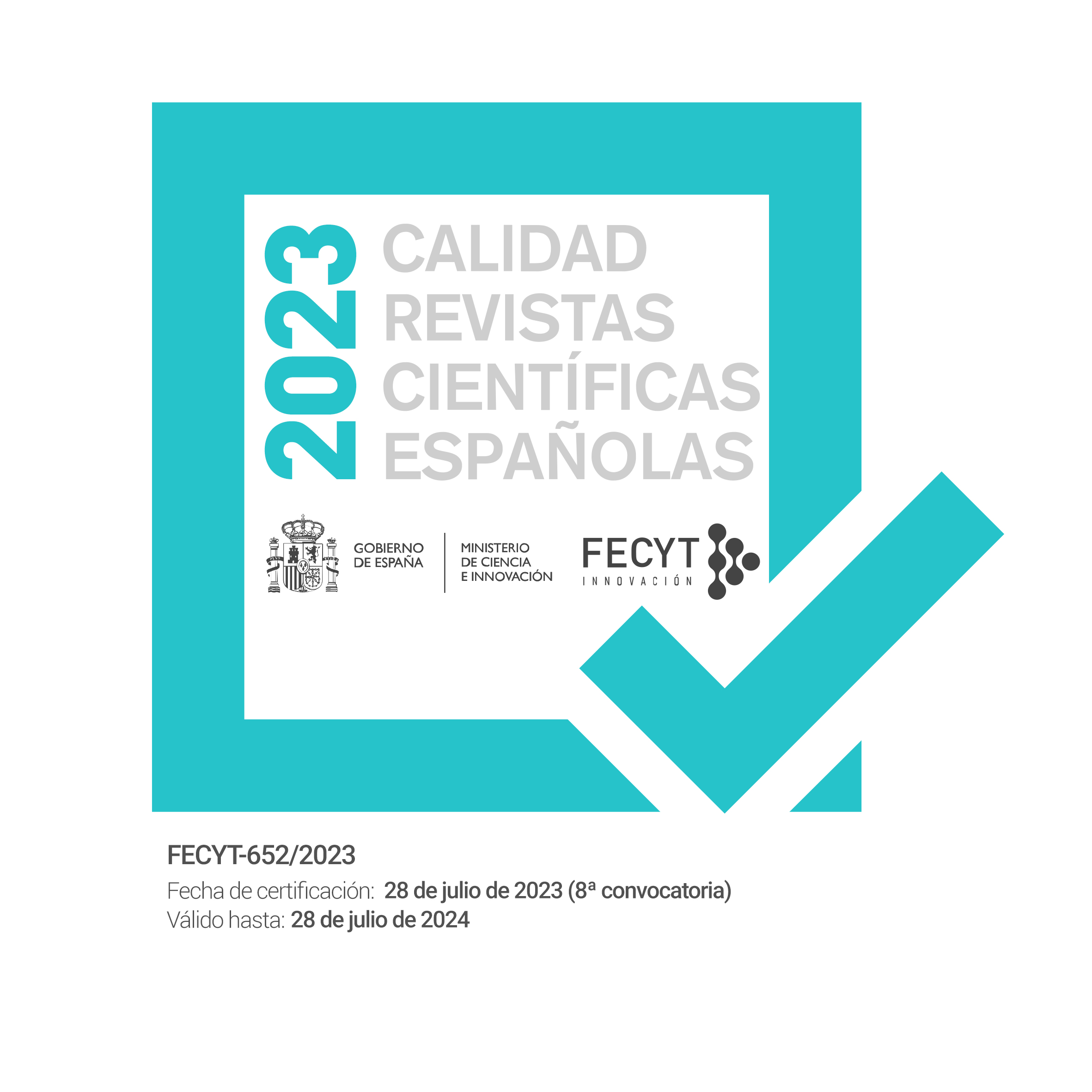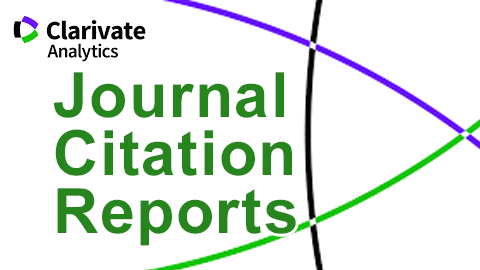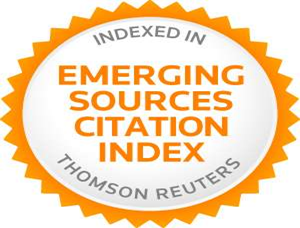Hacia una interpretación aspectual del morfema -ndo español: el caso de las perífrasis con estar e ir
Palabras clave:
periÌfrasis de gerundio, aspecto leÌxico, aspecto gramatical, cambio diacroÌnicoResumen
Resumen. El morfema –ndo es una de las formas verbales que ha suscitado algunos de los problemas maÌs complejos en la historia del español. Los usos no normativos del gerundio han sido explicados por algunos investigadores como desviaciones lingüiÌsticas que surgen principalmente como consecuencia del contacto lingüiÌstico. Sin embargo, los usos no normativos del –ndo surgen tambieÌn en escenarios donde el español no estaÌ en contacto con otras lenguas. Estos hallazgos han motivado el que algunos investigadores analicen las causas internas que restringen los usos del gerundio. Este estudio examina estas causas internas que restringen el uso del –ndo. EspeciÌficamente, nos interesa examinar las restricciones que impone el aspecto leÌxico y el gramatical a las periÌfrasis de gerundio con los verbos auxiliares ir y estar. El estudio examina una muestra del español antiguo (siglo XII al XV), y compara los hallazgos con los datos sincroÌnicos del -ndo.
Towards an aspectual interpretation of the Spanish morpheme -ndo: The case of the periphrasis with estar and ir
Abstract. The study of the –ndo morpheme has raised many interesting questions and debate in the history of the Spanish language. Some researchers have argued, for instance, that the high frequency in use of the –ndo morpheme is a consequence of the linguistic contact between Spanish and other languages (e.g, English and French). However, the non-standard uses of the –ndo are found in scenarios where Spanish is not in contact with other languages. This finding has motivated other analysis and proposals for the Spanish gerundio –e.g., the semantics of the –ndo form. In this paper I analyze the distribution of the gerund periphrasis with «estar’ and «ir’ in the 13th. and 15th. century. Specifically, I study the semantic constraint that the grammatical and lexical aspects impose on the distribution of the – ndo form.
Key words: gerund periphrasis, lexical aspect, grammatical aspect, diachronic change
Descargas
Publicado
Número
Sección
Licencia
Reconocimiento – No comercial (CC BY-NC). Bajo esta licencia el usuario puede copiar, distribuir y exhibir públicamente la obra y puede crear obras derivadas siempre y cuando estas nuevas creaciones reconozcan la autoría de la obra original y no sean utilizadas de manera comercial.
Los autores retienen todos sus derechos de publicación y copyright sin restricciones.








